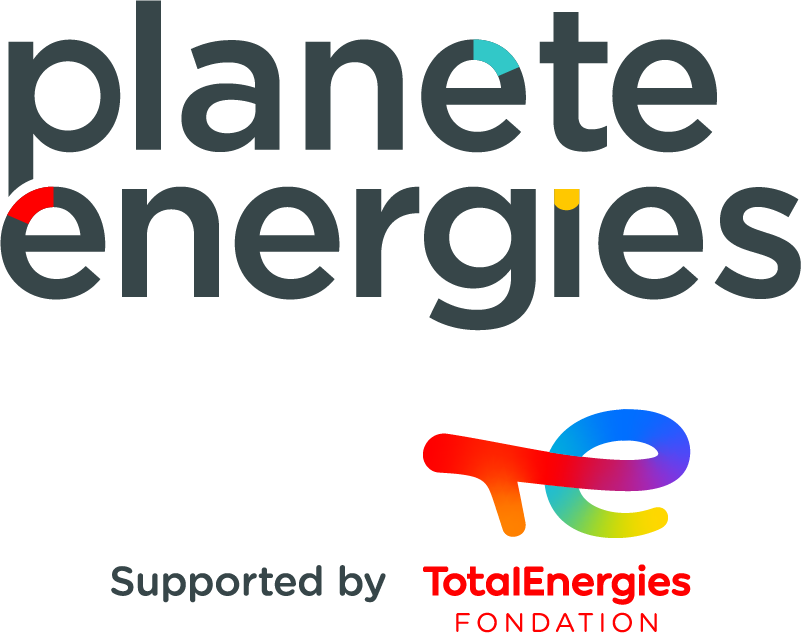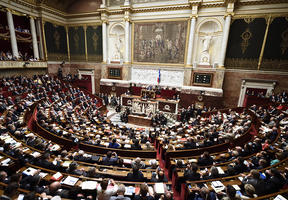Energy, Ever-Present in Our Daily Lives
Updated on 01.20.20215 min read
Everything we do requires energy, but we only really notice when it’s time to pay. Whether for home heating and , gasoline or other consumer goods, bills and invoices increasingly include information about the carbon dioxide emissions generated by the products and services we use.

© DA SILVA AUGUSTO - TOTAL - A "house of the future" at the Solar Decathlon Europe 2014 in Versailles, France.
Household Consumption
How much does your family spend on energy for heating, electricity to their various devices, and transportation? Of course, this depends on their consumption habits, the size of their home, their modes of transportation and the energy sources used, which vary in cost – but it can be useful to look at averages.
Around 9% of a household’s budget in France is spent on energy-related costs,1 a relatively stable proportion that soared during the oil crises but is now back under control. However, costs have risen significantly over the past two years. The other major expenses for families, accounting in total for over 90% of budgets, are rent, food, clothing and consumer goods, schooling and leisure activities.
How Do Household Energy Costs Fit into Budgets?
Households spend an average of slightly more than €1,500 per year on their home’s energy needs, with over €900 of that on electricity.2 Taxes (VAT, energy taxes) account for nearly a third of these costs. According to the French Environment and Energy Management Agency (ADEME3), heating and domestic hot water make up around 72% of energy bills, with household appliances and multimedia products representing 21% and cooking 7%. The proportion spent on heating can of course vary greatly depending on weather conditions in winter and geographic location.
What About Private Transportation?
Households on average spend the same amount on private transportation, i.e., just over €1,500 on fuel (excluding vehicle purchase and maintenance costs). Taxes represent 59% of this total cost and are rising steeply, particularly as a result of the introduction of the climate-energy contribution in France and the harmonization of and gasoline taxes. Transportation costs vary greatly from region to region, with people living in the greater Paris region spending 16% of their total budget on private and public transportation, compared with 21% in the rest of France.
Working Towards Responsible Consumption
In an effort to reduce the energy consumption of households and therefore their , i.e., emissions, steps have been taken by public authorities, who have introduced various regulations, and by manufacturers, who are continually improving insulation materials and technologies.
- Housing energy performance: The French government has made it mandatory to obtain an energy performance certificate (EPC) whenever a residential, office or commercial building is built, sold or placed on the rental market. Issued by an independent expert, the EPC estimates the building’s annual energy consumption and its impact in terms of greenhouse gas emissions. Initially used purely for indicative purposes, the EPC is increasingly required for certain lease agreements, sales agreements and loans.
- Domestic appliances: The same system of ranking energy consumption into levels has been introduced for appliances such as refrigerators, television sets and washing machines. Color coding is used to indicate energy consumption among other aspects (capacity, noise, etc.).
- Private transportation: Since 2006, every new car has an energy label stating its fuel consumption and how many grams of CO2 it emits per kilometer. Based on this, tax incentives, such as a feebate scheme, have also been introduced to encourage buyers to opt for more environmentally responsible models.
Everybody's Business
Improving isn’t just a job for governments and industries. Consumers are also increasingly involved.
A few simple habits adopted by well-informed consumers can have a major impact on energy performance in households, transportation and consumer goods if lots of people do them.














